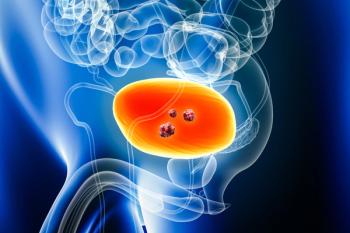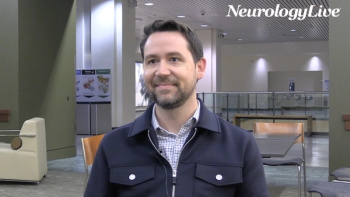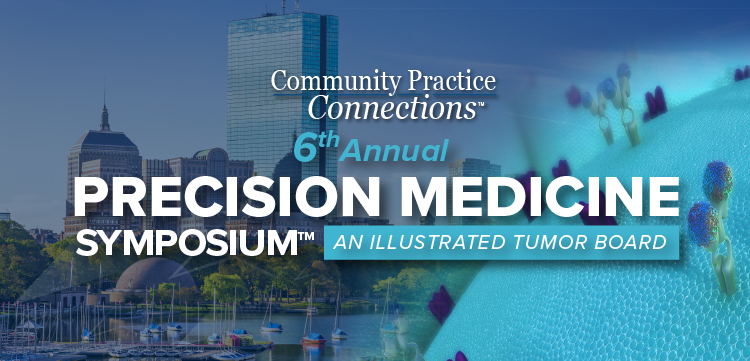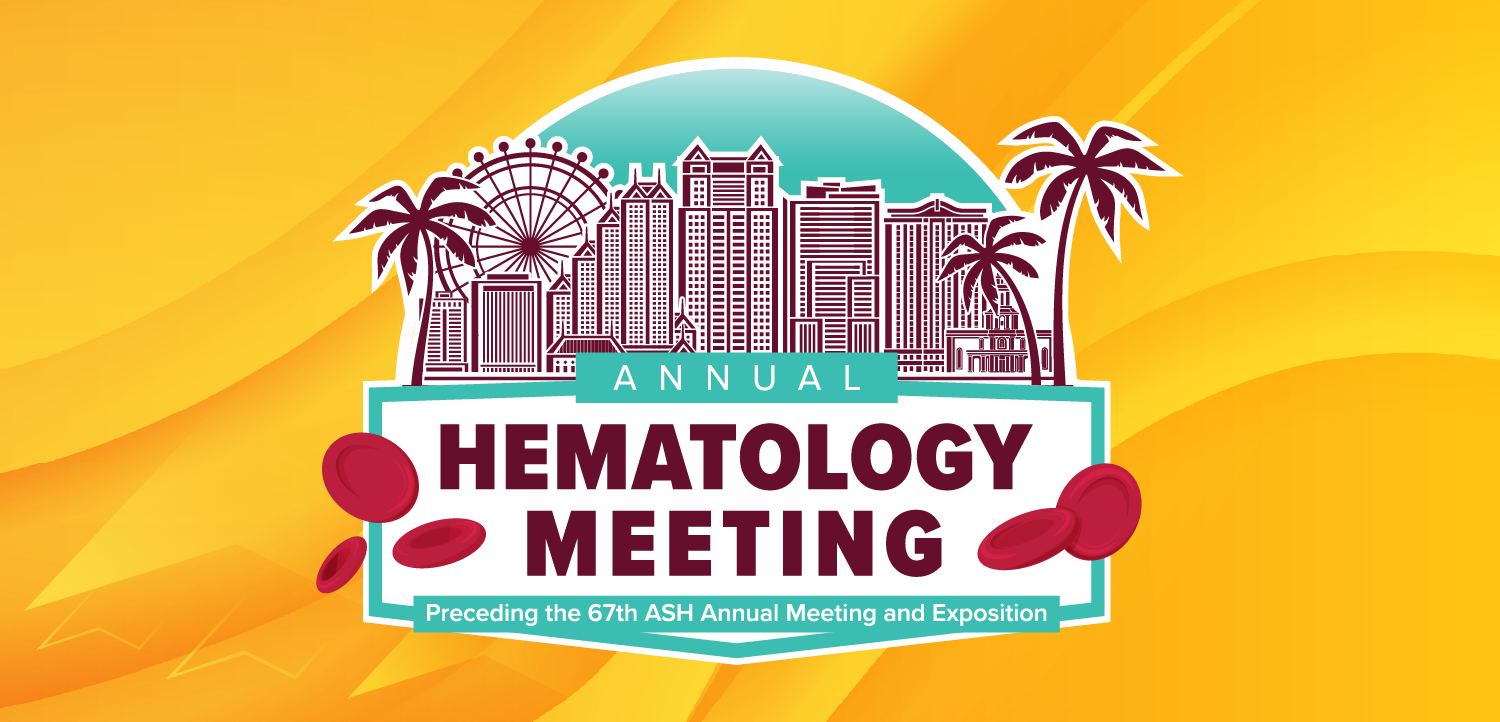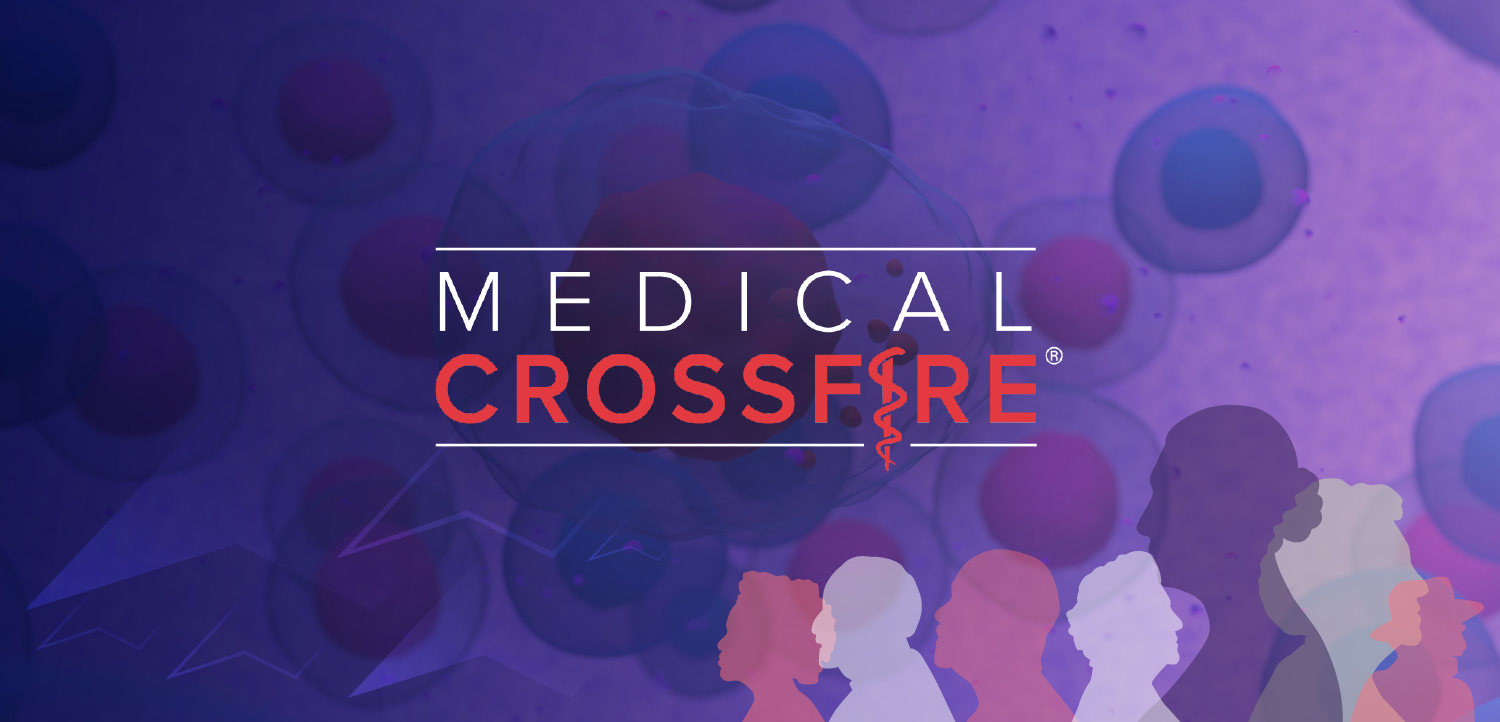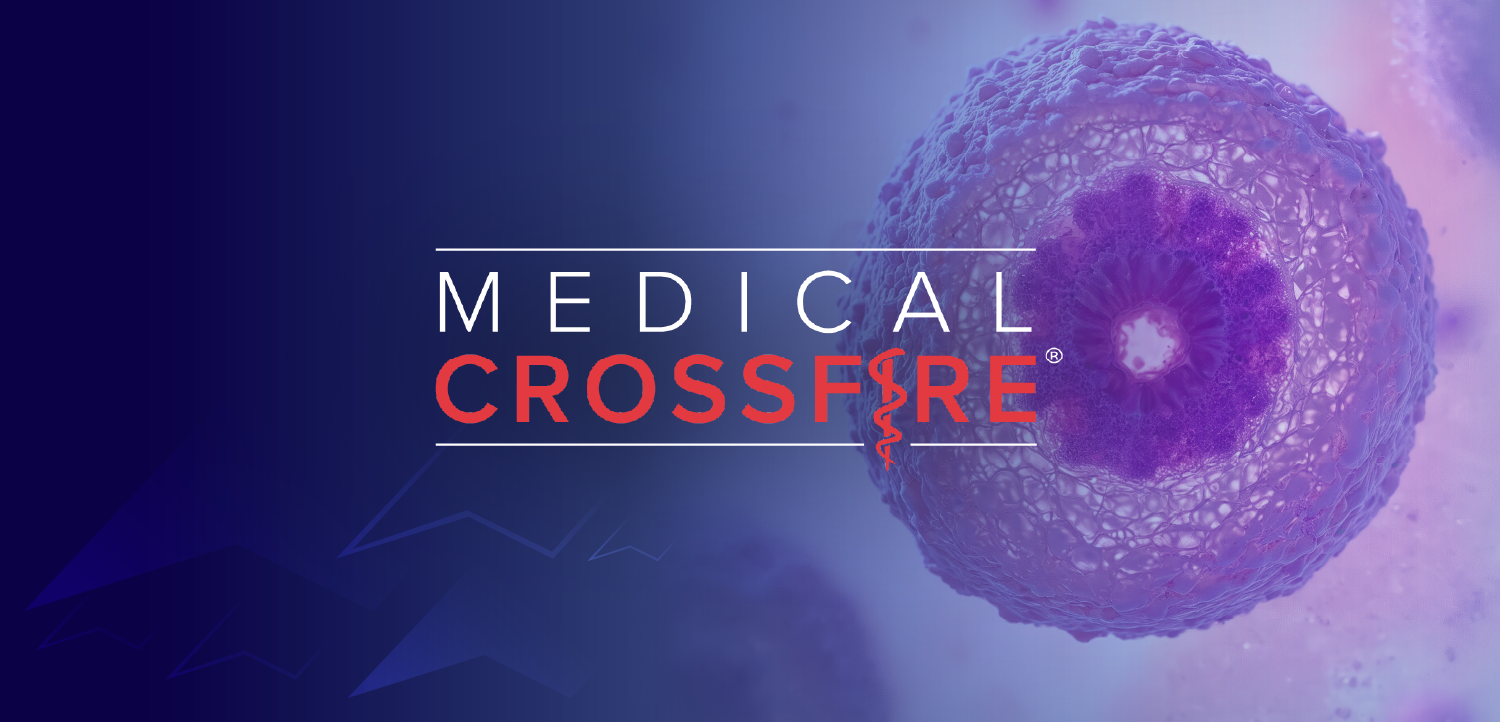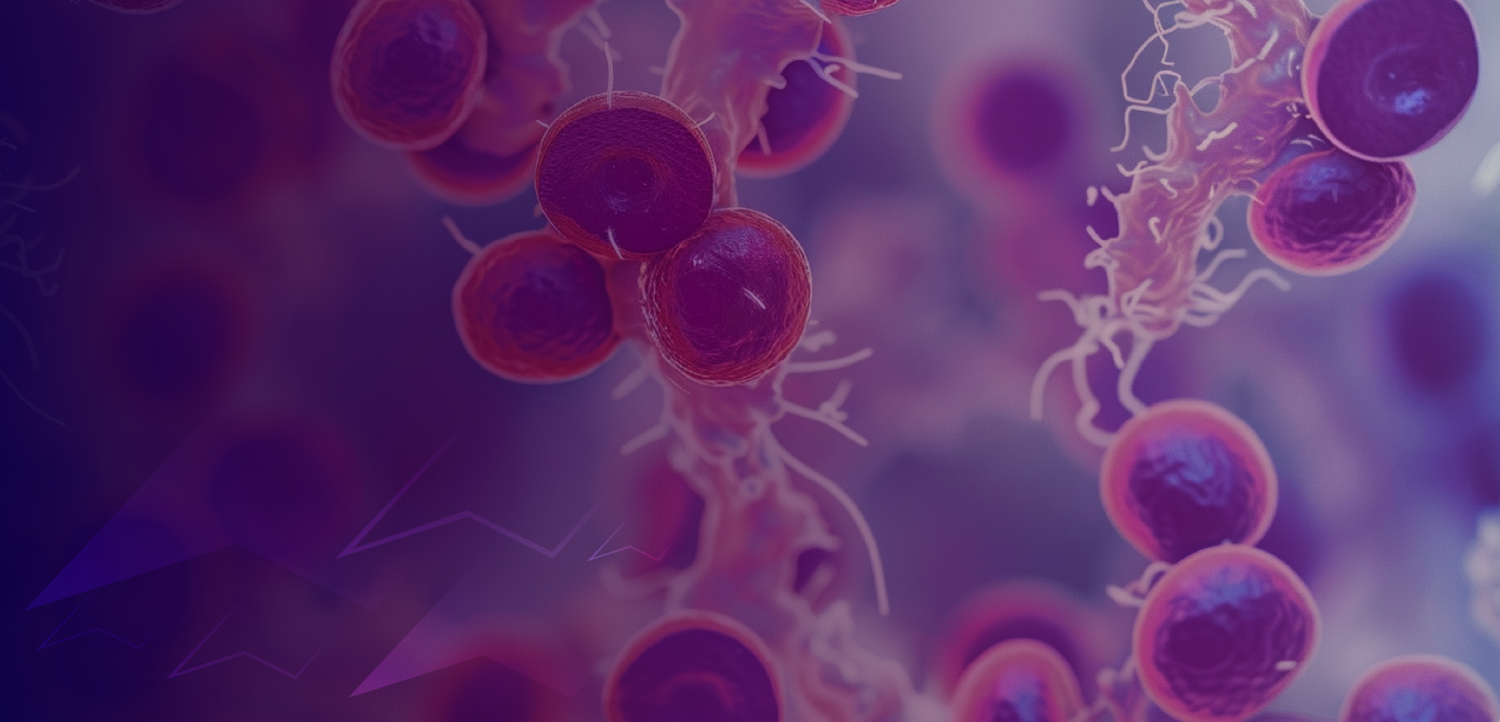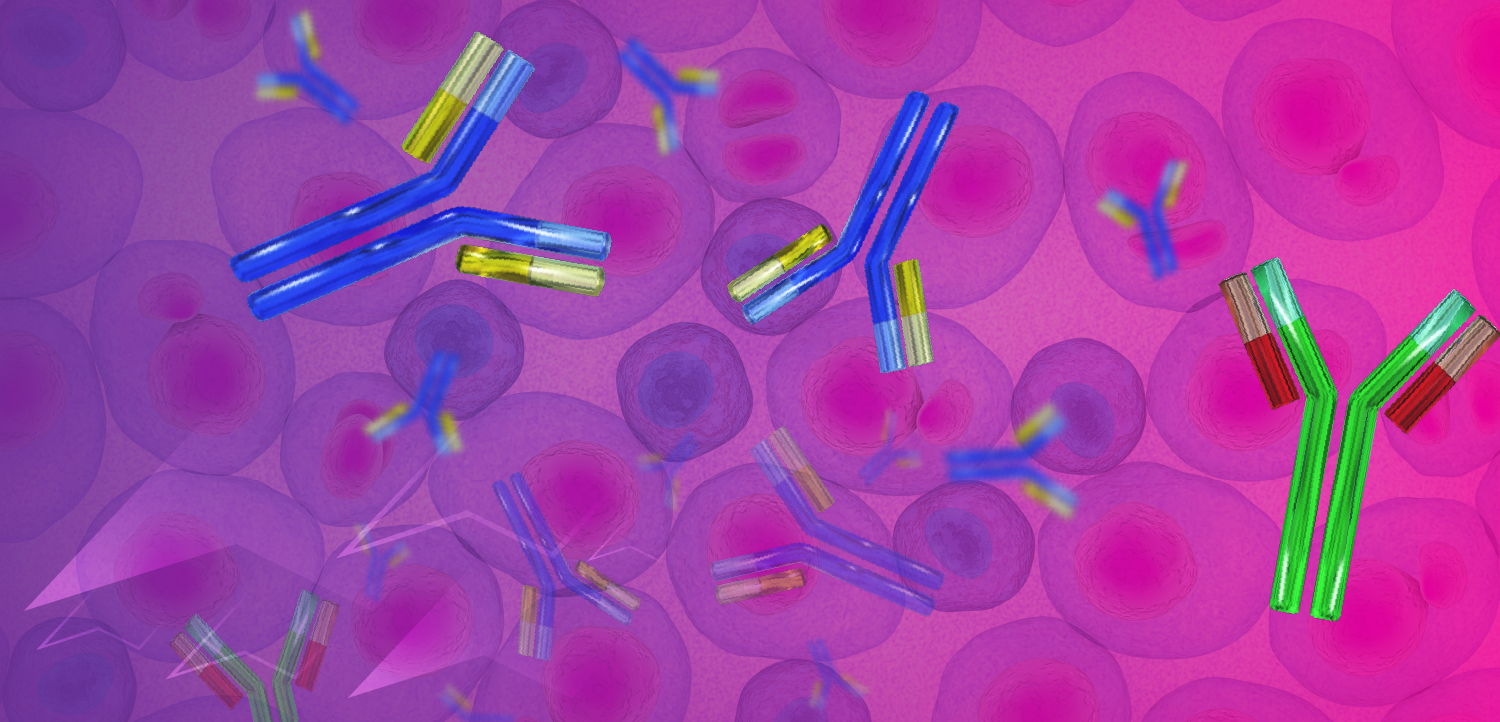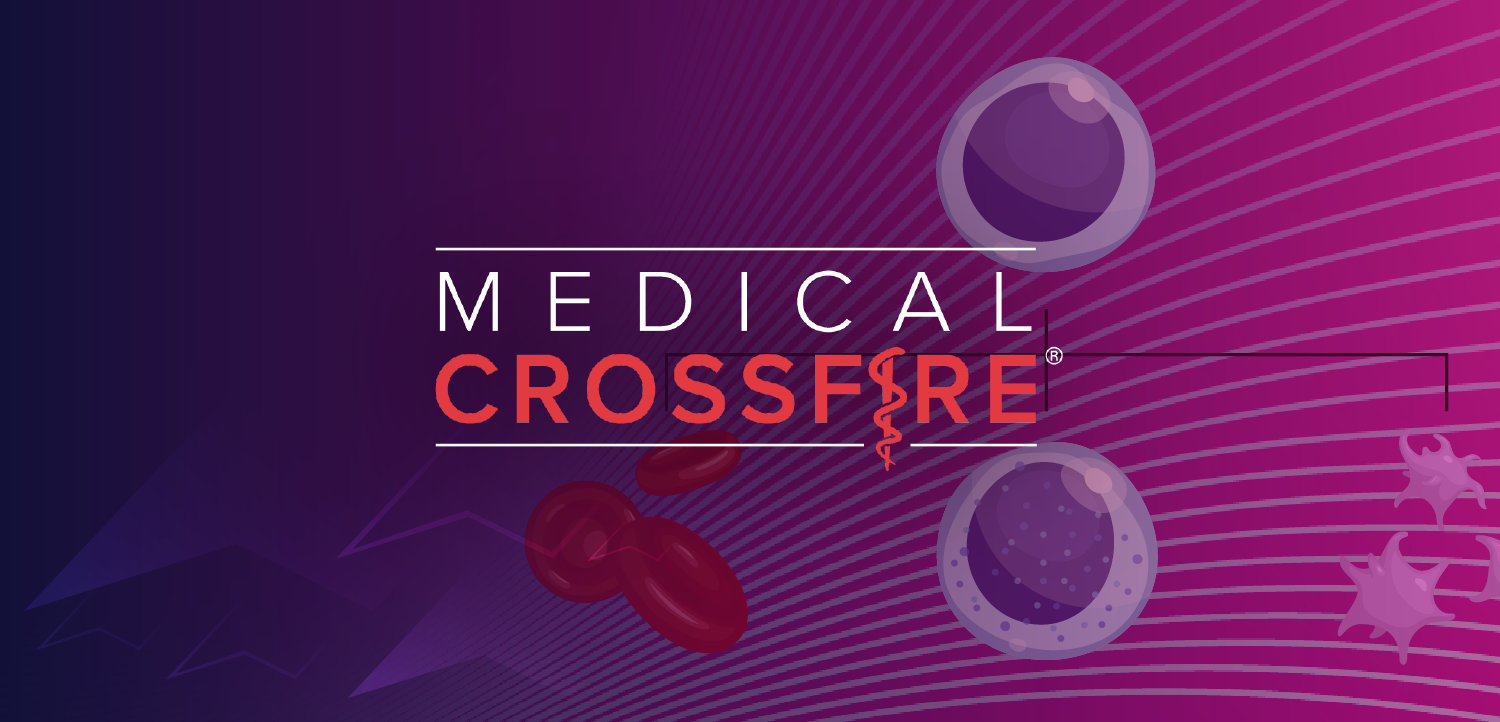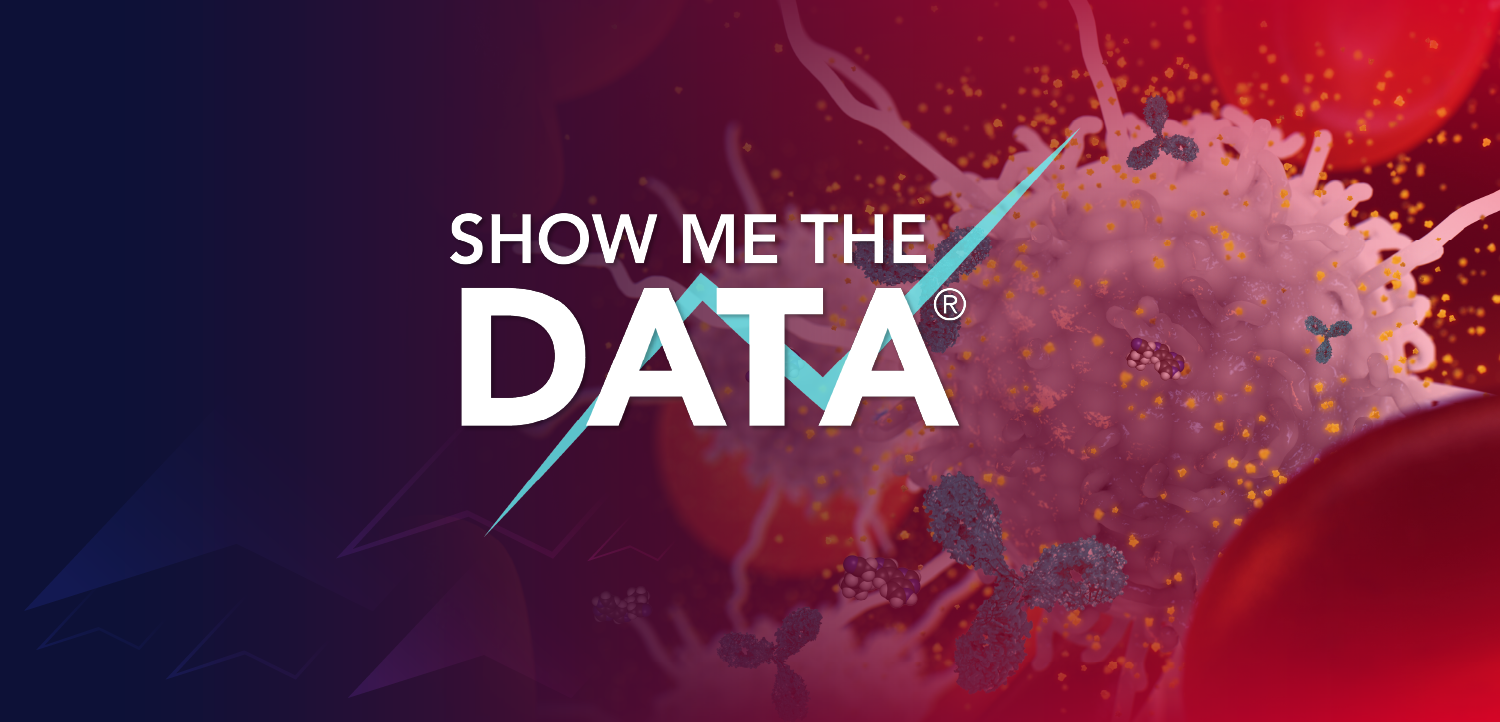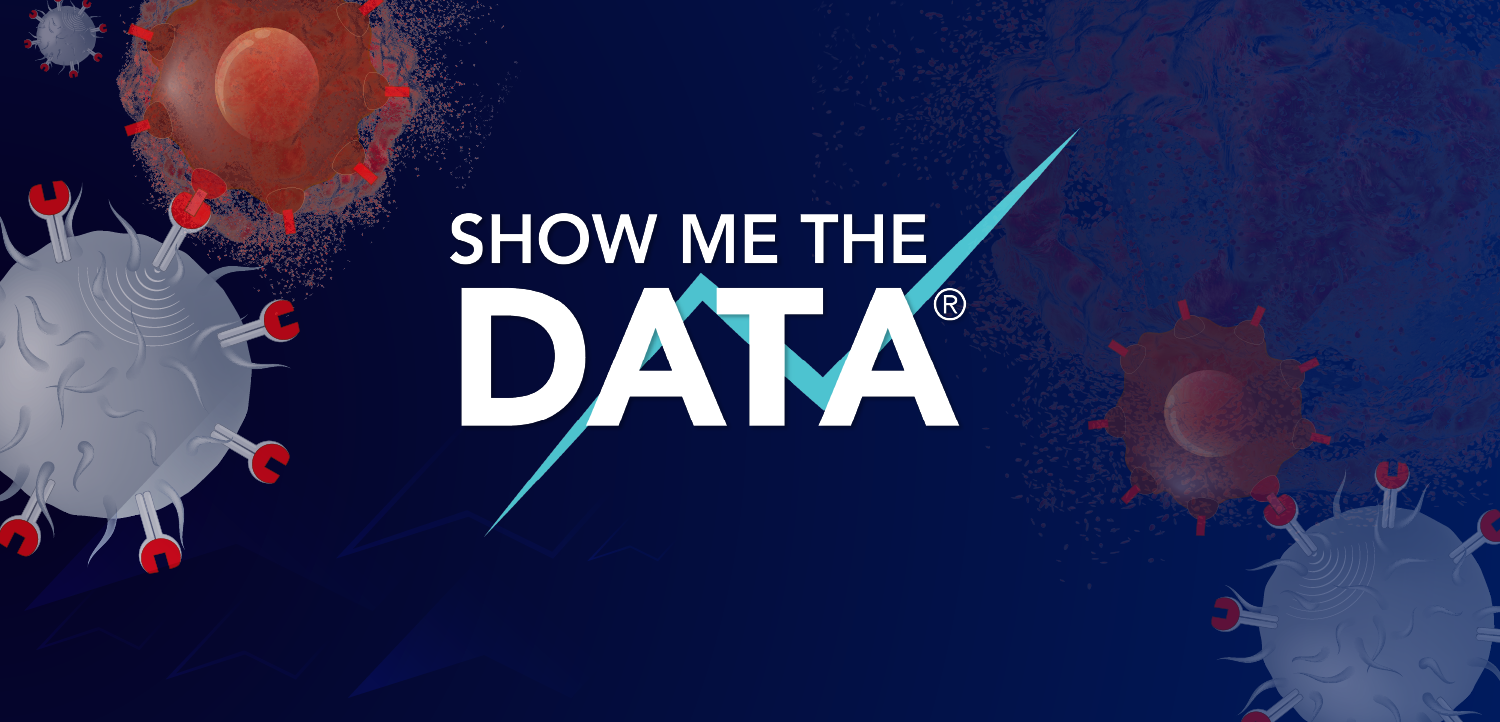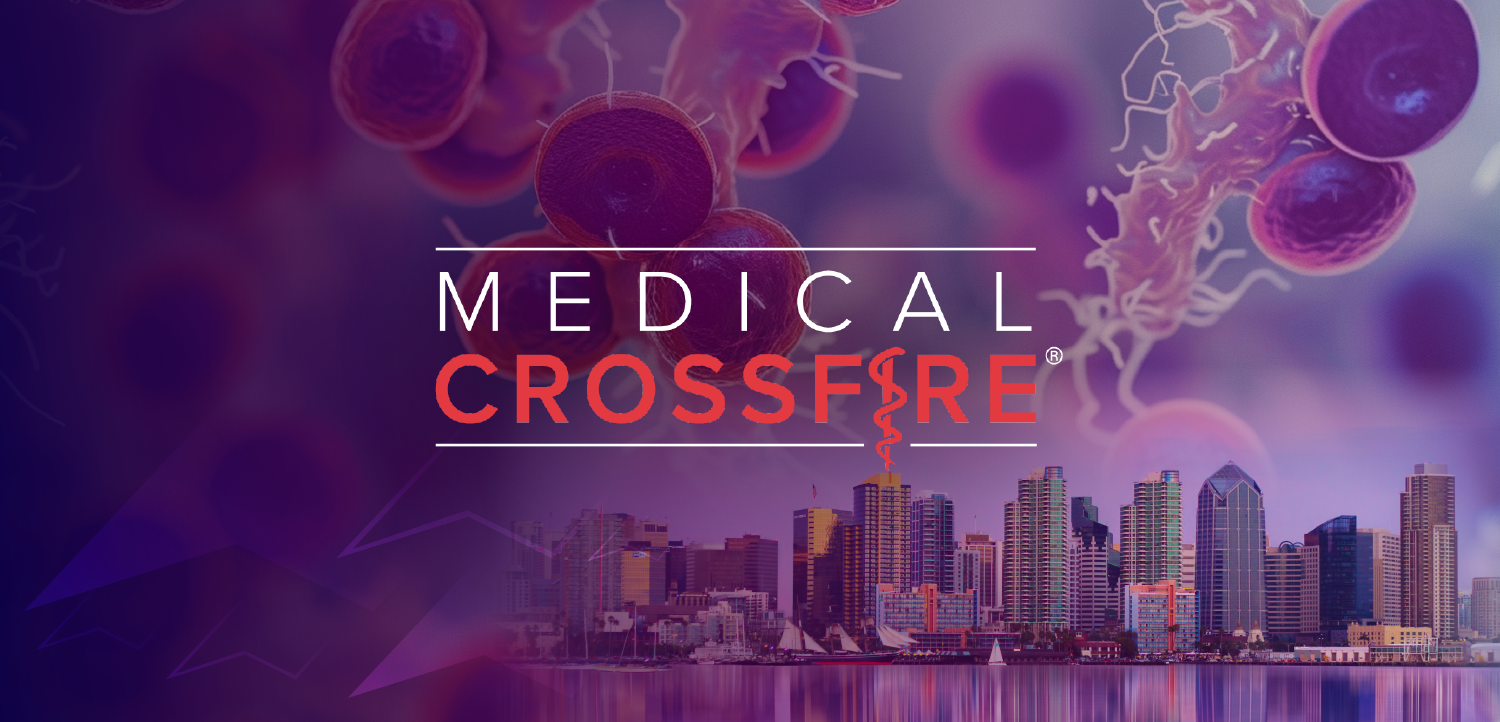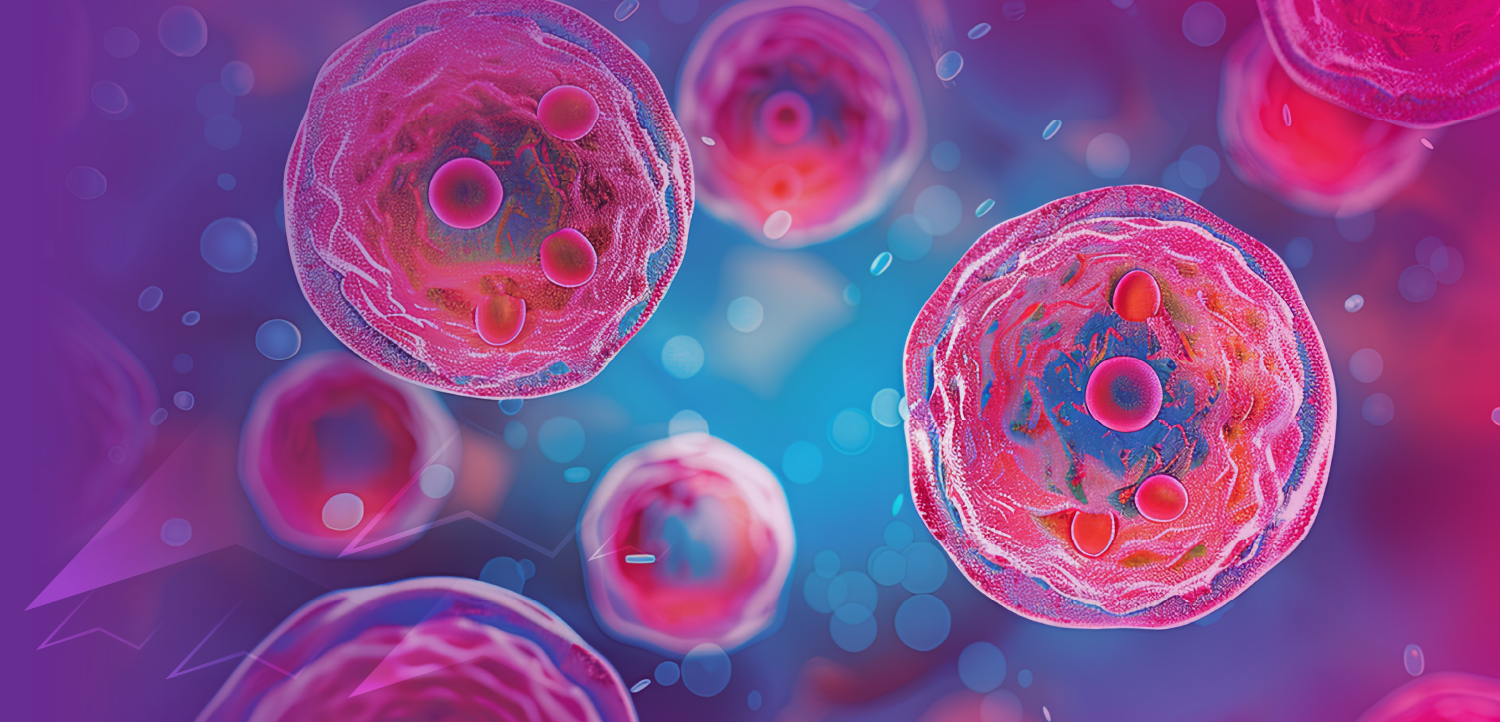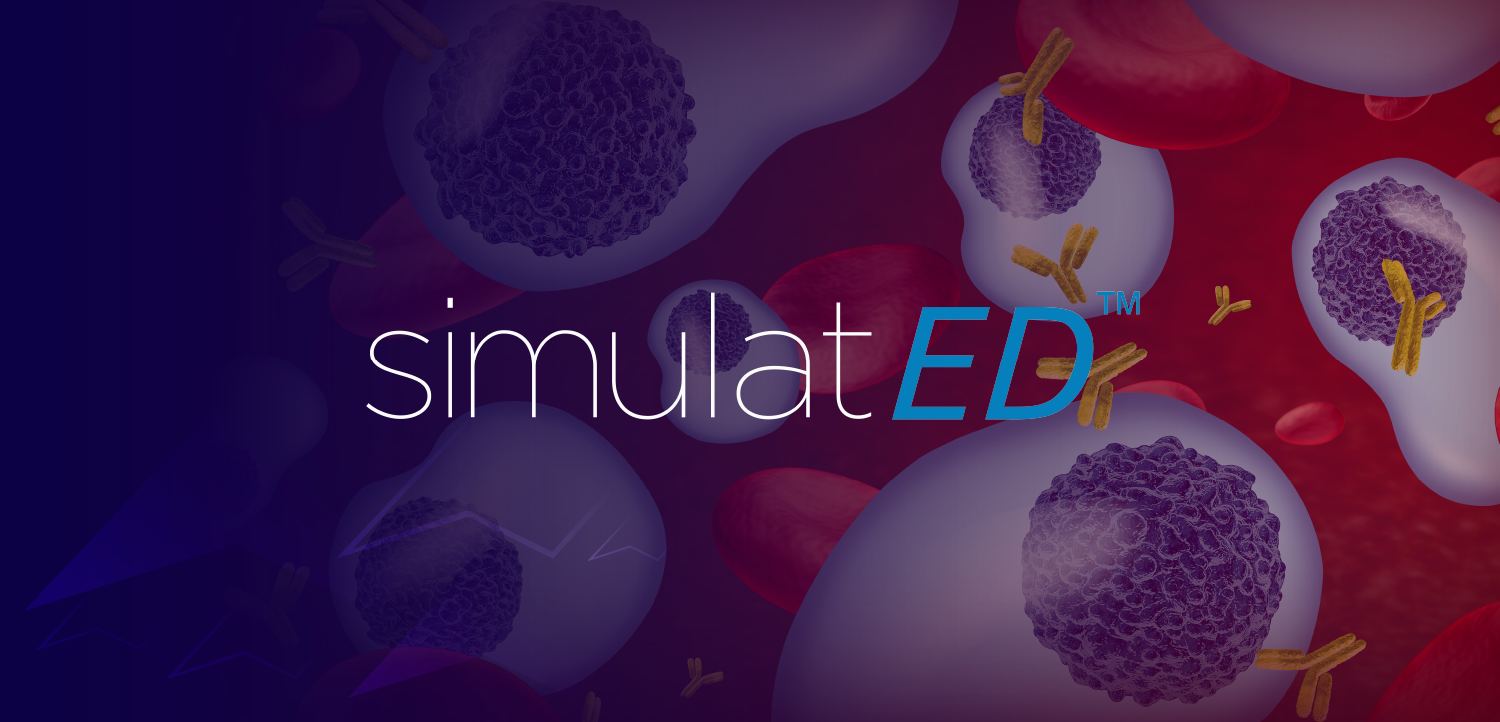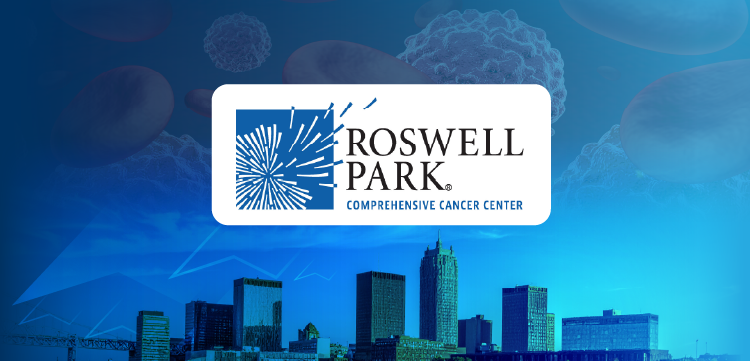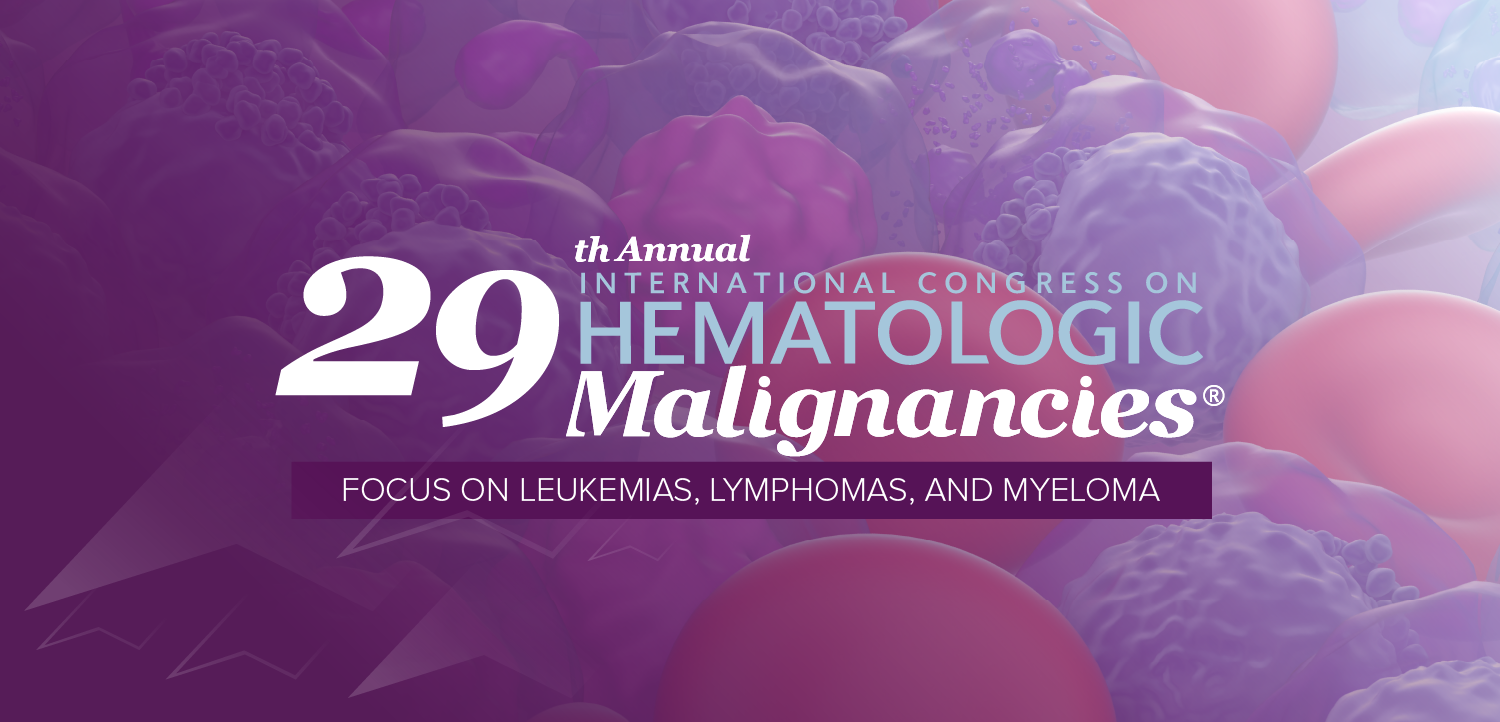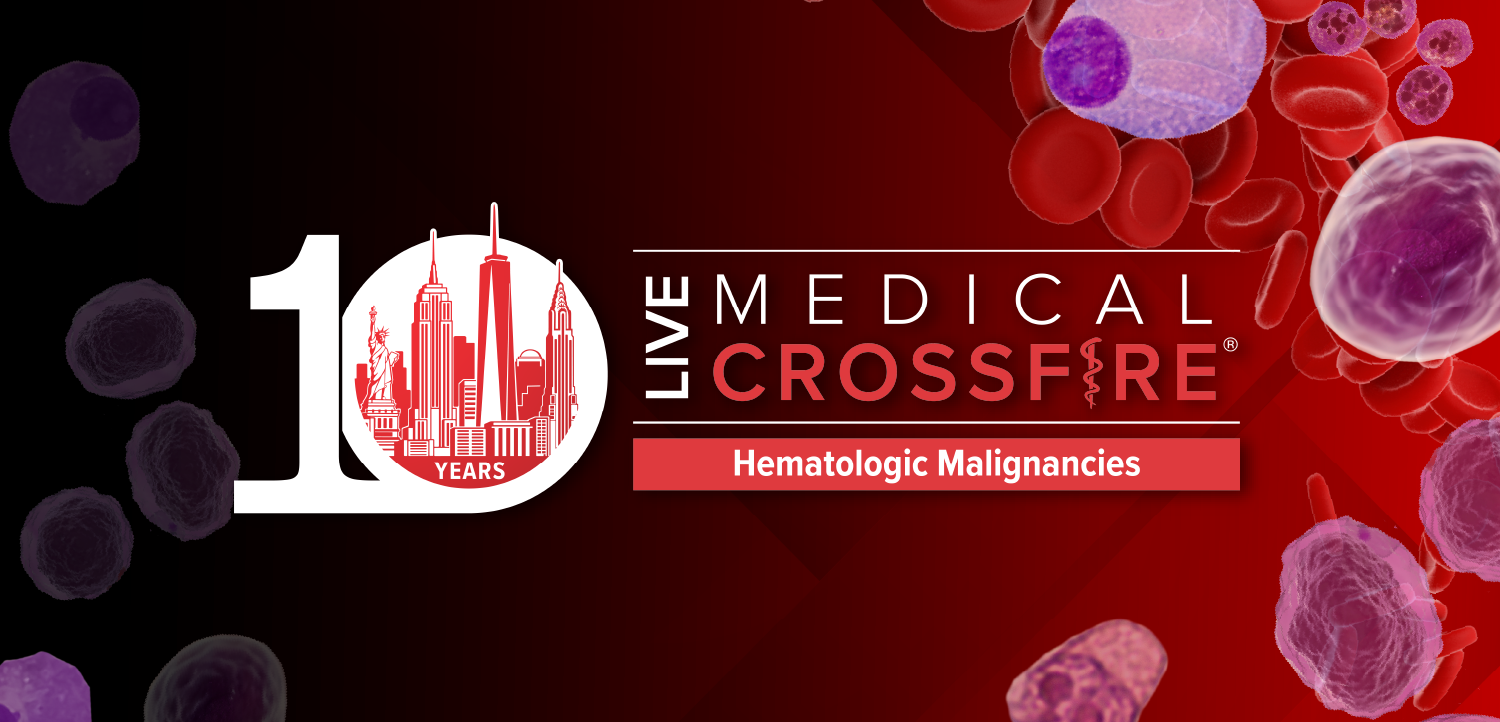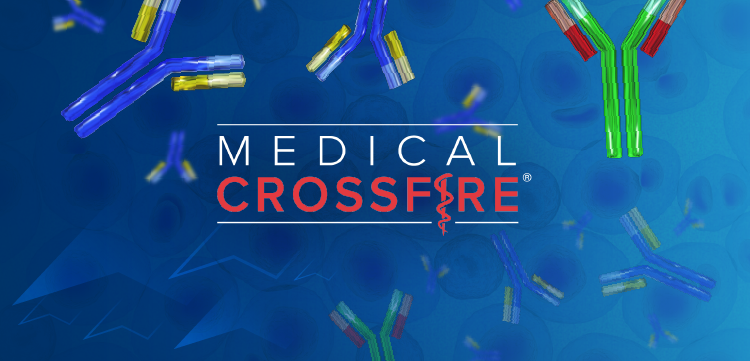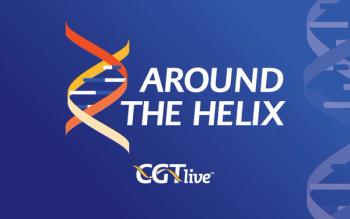
Donovan Decker’s Journey in Gene Therapy and Advocacy for LGMD—Breaking Barriers
Donovan Decker, recipient of the 2025 MDA Legacy Award for Community Impact and Research, discussed his powerful journey as a patient advocate and gene therapy pioneer, shedding light on challenges and progress in LGMD.
This article originally appeared on our sister site,
Limb-girdle muscular dystrophy (LGMD) encompasses a diverse group of genetic disorders that result in progressive weakness and wasting of the muscles in the hips, shoulders, and limbs. There are over 30 known subtypes of LGMD, which varies significantly in its symptoms and progression, which range from mild mobility issues to severe complications affecting the respiratory and cardiac systems. Despite this, LGMD often lacks the same visibility and resources as other neuromuscular conditions like Duchenne muscular dystrophy (DMD), thus making research, treatment development, and care stabilization critical challenges for the community.
Notably, Donovan Decker, a pioneering patient advocate for LGMD, was recently awarded with the MDA Legacy Award for Community Impact and Research at the
Decker sat down with CGTLive®'s sister site NeurologyLive® at the conference to learn more about his decades-long journey with LGMD. During the conversation, he spoke about his motivation to undergo the groundbreaking procedure, emphasizing his commitment to his family and the future of LGMD research. Decker also candidaly discussed the challenges faced by the LGMD community, from the lack of treatment options to the complexities of developing standards of care for a condition with numerous subtypes. Furthermore, he commented on the misconceptions surrounding LGMD, while drawing attention to the need for innovation, awareness, and collaboration to improve care and advance therapies for patients living with the disease.
NeurologyLive: What does it mean to be honored with the MDA Legacy Award for Community Impact and Research?
Donovan Decker: Well, being the first time they've done this for patients and stuff, it's a great honor. I've worked with MDA for a lot of years—probably the last 35 years or so—and MDA has been really great. It’s just... I guess it’s always nice to be rewarded when you do work, and hopefully, some good will come out of what we’re doing.
What was going through your mind when you made the decision to try this gene therapy, not knowing what the future would hold?
When I made the decision, it was really based on my family. Five out of eight kids in my family have limb-girdle muscular dystrophy (LGMD), and I have two nieces with it too. I’m the only male. When I did the gene therapy, all my other sisters who had the disease were married or had children, and I wasn’t. That’s why I did it.
I guess when you know what’s coming, you’re willing to take a chance. I’d do more trials if there were more options out there. But when I learned about the gene therapy, I really pursued it, trying to see where we could have been in 25 years. Unfortunately, we’re not where we could’ve been because of the death of Jesse Gelsinger. It hurt research for at least five years from the FDA side, and it hurt fundraising until about 2014, when they started seeing success in the eyes and with SMA babies. So yeah, that’s kind of where my mind was.
As a patient with LGMD, what are some of the greatest areas of need from both a treatment and a care perspective?
From a treatment perspective, I think we need more options. There are some drugs in development right now, but it always seems like they want to work on Duchenne first, and then limb-girdle gets left behind. When gene therapy started, it was the limb-girdle groups that led the way, but then we kind of got put on the shelf for years. Now, things are starting up again. A couple of companies are coming into the space for limb-girdle, all using AAV.
I actually co-founded a company that’s looking into non-viral options. Right now, if you have a high titer, you can’t be dosed, and that excludes maybe 30–40% of the limb-girdle group. So, that’s a big need.
On the care side, I think we still need more work on establishing standards of care for LGMD. It’s gotten better in the last three years. I’ve spoken at two FDA sessions, one of which was part of an externally-led patient-focused drug development meeting. The limb-girdle community is really trying to pull resources together and improve care. It’s tricky because there are 34 different genes that cause LGMD. Some types, like mine, affect respiratory function—that’s what my three sisters died from, respiratory failure. But other types don’t affect the respiratory system, and some affect the heart. We need standards of care tailored to each subtype, like LGMD 2D or 2A. Right now, they just throw everyone into one group, and that doesn’t work because the differences between subtypes are so drastic.
Do you feel that the genetic differences within LGMD contribute to the difficulties in clinical trials and drug development?
I think it does hurt because the patient populations for each subtype are so small. For example, there are only about 1,200 people in the U.S. with LGMD 2D. I’ve always felt that the limb-girdle community built the foundation for gene therapy in muscular dystrophy, but now companies don’t want to invest because there’s no money in it.
Are there aspects of LGMD that the public and clinicians are still not fully aware of, or are there misconceptions?
To me, the biggest misconception is that because LGMD is slower-progressing, people don’t take it seriously. Some don’t even realize it can be fatal. But it can be, depending on the subtype. In my family, it’s respiratory failure that’s fatal.
Another issue is that people lump all the subtypes together. They’ll say, “Oh, you have limb-girdle,” but each gene defect is so different. Some types don’t affect respiratory function, others don’t affect the heart, and the age of onset varies widely. I’ve seen kids diagnosed at age 4 and adults not diagnosed until their 20s. It doesn’t have a clear natural history like Duchenne or SMA. Because of that, it gets overlooked, and people forget about what’s in the bucket.
This transcript has been edited for clarity.
Newsletter
Stay at the forefront of cutting-edge science with CGT—your direct line to expert insights, breakthrough data, and real-time coverage of the latest advancements in cell and gene therapy.

